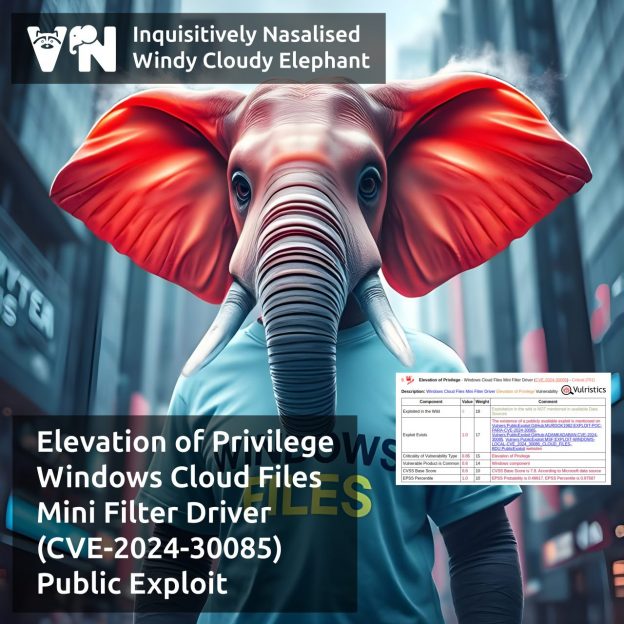
April “In the Trend of VM” (#14): vulnerabilities in Microsoft Windows, VMware products, Kubernetes, and Apache Tomcat. We decided to pause recording new videos, so for now only text. 🤷♂️🙂
🗞 Post on Habr (rus)
🗒 Digest on the PT website (rus)
A total of 11 trending vulnerabilities:
🔻 Elevation of Privilege – Windows Cloud Files Mini Filter Driver (CVE-2024-30085)
🔻 Spoofing – Windows File Explorer (CVE-2025-24071)
🔻 Four Windows vulnerabilities from March Microsoft Patch Tuesday were exploited in the wild (CVE-2025-24985, CVE-2025-24993, CVE-2025-26633, CVE-2025-24983)
🔻 Three VMware “ESXicape” Vulnerabilities (CVE-2025-22224, CVE-2025-22225, CVE-2025-22226)
🔻 Remote Code Execution – Apache Tomcat (CVE-2025-24813)
🔻 Remote Code Execution – Kubernetes (CVE-2025-1974)



